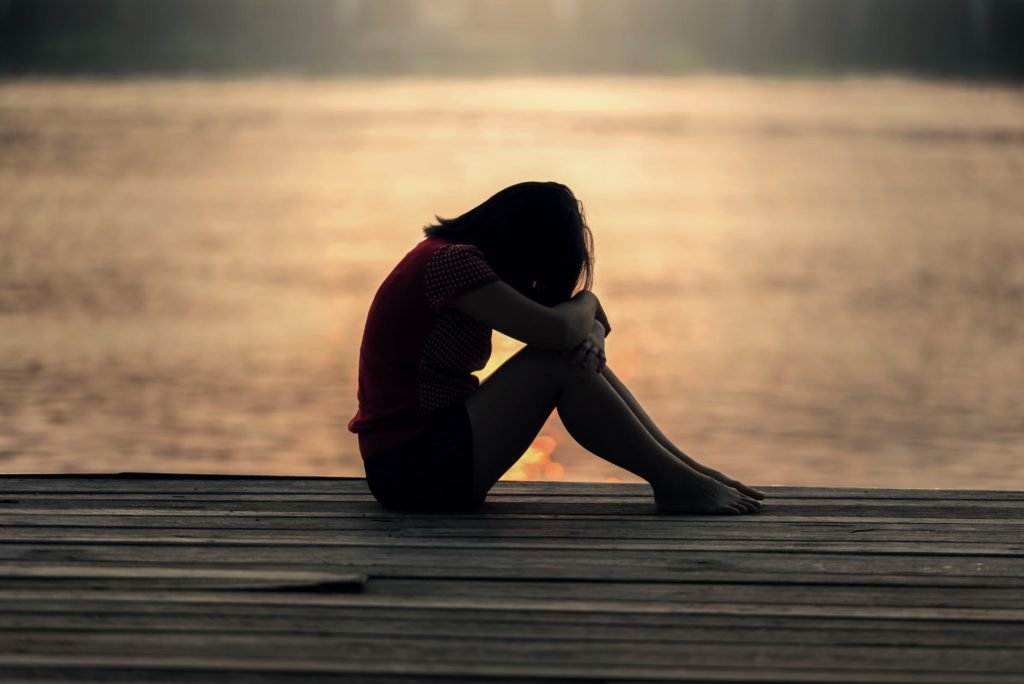When it comes to mental health, words like “depression” and “dysthymia” often get thrown around interchangeably. But depression vs dysthymia—what’s the real difference? Why should you even care? Understanding these two conditions could be the first big step toward healing, managing symptoms better, and building a healthier, more stable future.
Let’s break it down in a real, simple way—because mental health deserves clarity, not confusion.
Understanding Depression: More Than Just a “Bad Day”
Everyone feels down now and then. But clinical depression, also known as major depressive disorder (MDD), is a whole different level. It’s like being stuck in a mental fog where everything feels heavy, hopeless, and unmotivating for weeks, sometimes even months.
Symptoms of Depression may include:
-
Deep, unshakable sadness
-
Loss of interest in things you used to enjoy
-
Trouble sleeping or sleeping too much
-
Changes in appetite or weight
-
Feeling worthless or guilty
-
Low energy and fatigue
-
Difficulty concentrating
-
Thoughts of self-harm or suicide
Depression doesn’t play fair—it can hit hard and fast. But with the right support and treatment, many people do recover and regain control of their lives.
What is Dysthymia (Now Called Persistent Depressive Disorder)?
Now here’s where it gets tricky. Dysthymia, or Persistent Depressive Disorder (PDD), is a chronic form of depression. It’s not as intense as major depression, but it sticks around. For some, it can linger for years. Think of it as a low-grade storm cloud that never fully clears.
People with dysthymia may still manage to go to work, raise a family, or smile in social settings—but inside, they often feel tired, numb, or unmotivated.
Common signs of Dysthymia include:
-
Chronic low mood that lasts for two years or more
-
Low energy and self-esteem
-
Trouble sleeping or oversleeping
-
Poor concentration
-
Feelings of hopelessness
-
Mild changes in appetite
While dysthymia might not seem as “urgent” as major depression, its long-term impact on your mental health can be just as damaging—if not more.
Depression vs Dysthymia: What’s the Real Difference?
Here’s the core question: Depression vs Dysthymia—what separates them?
| Feature | Major Depression | Dysthymia (PDD) |
|---|---|---|
| Duration | At least 2 weeks | At least 2 years |
| Intensity | Severe | Mild to moderate |
| Functioning | Often impaired | May still function |
| Mood | Deep sadness | Chronic low mood |
| Treatment response | May improve quicker | Can be more resistant |
The main difference lies in intensity and duration. Depression feels like a crash; dysthymia feels like a long, slow leak. Both can be incredibly hard to live with. Both deserve care and attention.
Why This Difference Matters for Long-Term Mental Health
Understanding the difference between depression vs dysthymia isn’t just academic—it can change how you or your loved ones approach recovery.
Too often, people dismiss dysthymia because it doesn’t “feel” like traditional depression. They assume it’s just their personality or a rough patch. But this chronic, lingering sadness wears you down over time. It affects relationships, work, and even physical health.
Likewise, people with major depression often feel ashamed for not being able to “snap out of it.” Recognizing it as a medical condition, not a personal weakness, can help open the door to real treatment.
Take Action: Reach Out to Evolve Psychiatry
No matter where you fall on the spectrum—whether it’s major depression, dysthymia, or something in between—you don’t have to do this alone.
Evolve Psychiatry is here to guide you toward understanding your symptoms and finding a treatment plan that works. Whether it’s talk therapy, lifestyle changes, or medication, help is available. But the first move has to come from you.
Mental health isn’t about pretending to be okay. It’s about reaching out when you’re not. It’s about finding your way back to feeling like you again.
How to Begin Healing
Here are a few simple, human steps you can take today:
-
Talk to someone. Even one honest conversation can be the start of real change.
-
Keep a journal. It helps track your mood and triggers.
-
Don’t minimize your feelings. Whether you feel “a little down” or deeply hopeless—your feelings are valid.
-
Consider professional help. A licensed therapist or psychiatrist can give you insight and tools you might not have access to alone.
-
Practice patience. Healing from depression—of any kind—isn’t a straight line. But every step forward counts.
Final Thoughts
In the debate of Depression vs Dysthymia, the takeaway is clear: both are real, both are serious, and both deserve support. Recognizing the differences helps you understand the nature of your emotional struggles and opens the door to more effective care.
Whether you feel buried by waves or just slightly off every single day—your experience matters. And with the right help, you can evolve past it.
Don’t wait for things to “get bad enough.” Take action now. Reach out to professionals like Evolve Psychiatry and give your mental health the attention it truly deserves.
































![How to Build an OTT App for Media & Entertainment [+Cost] 32 How to Build an OTT App for Media & Entertainment [+Cost]](https://guest-post.org/wp-content/uploads/2025/06/ott-platform-150x150.jpg)











